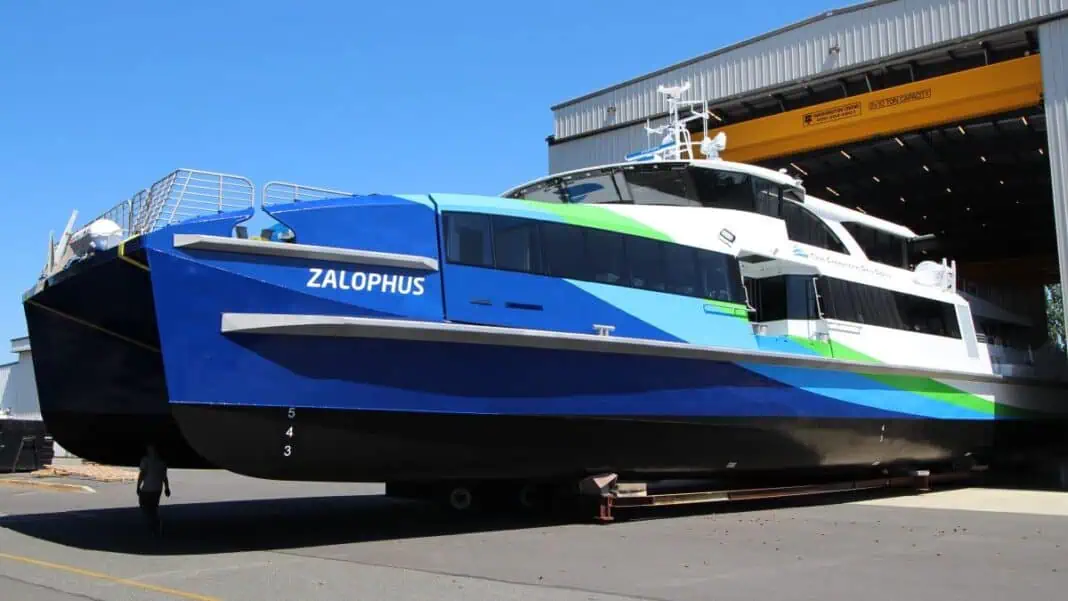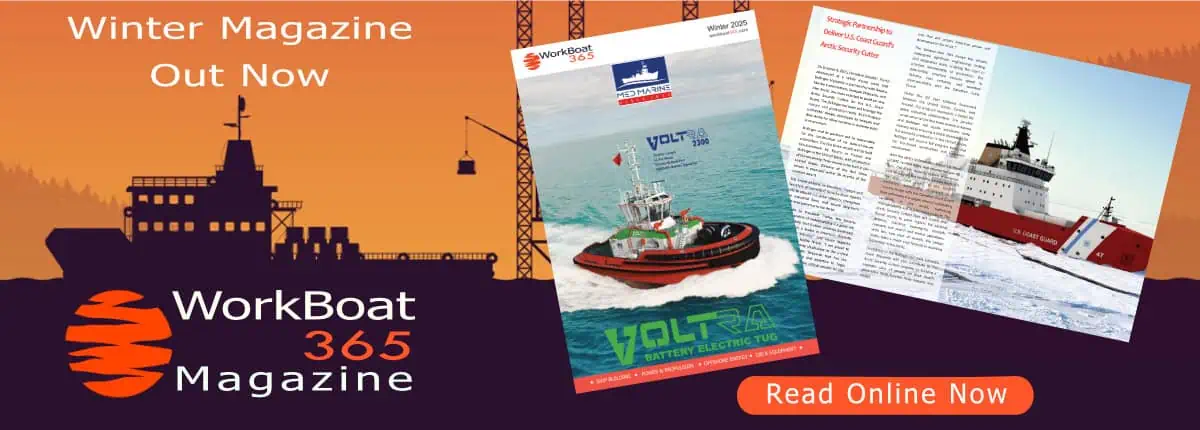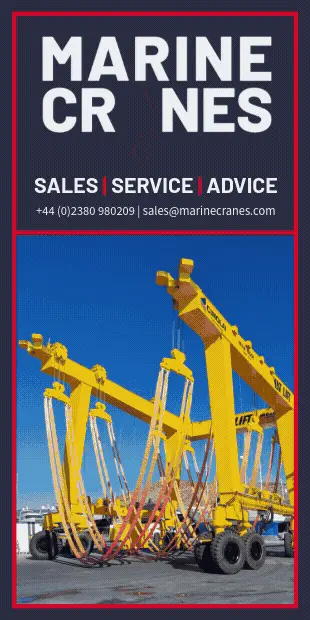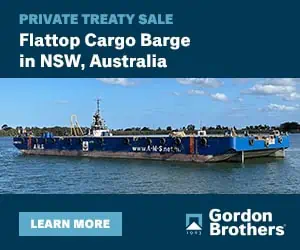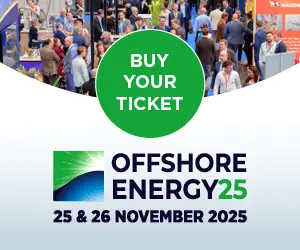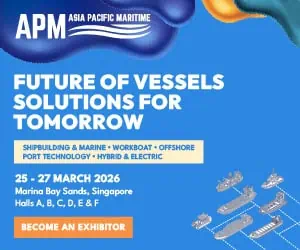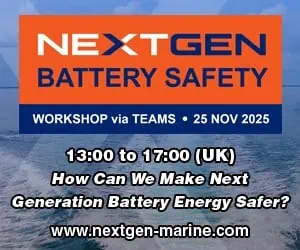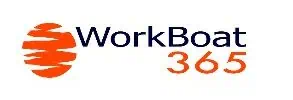Mavrik Marine, Inc. has announced that Zalophus, the fourth ferry in its innovative Dorado Class series, exited the shed yesterday and is now being readied for launch at the Port of Skagit in La Conner, Washington. Following the successful builds of the Dorado, Delphinus, and Karl for the San Francisco Bay Ferry, operated by the Water Emergency Transportation Authority (WETA), Zalophus is the latest testament to Mavrik Marine’s commitment to delivering high-performance vessels tailored for passenger and commuter services. The vessel is expected to enter service in San Francisco in late August.
“On behalf of the 85 proud Craftspeople at Mavrik Marine, Inc. it is always exciting to see another impressive vessel exit the shop door. Zalophus is our fourth build for San Francisco and it is an incredible vessel ready to add efficiency to WETA’s fleet. Our design partner, One2Three Naval Architects, and collaboration with Aurora Marine Group who managed the project for WETA, once again demonstrated how advanced design and production processes can deliver vessels with the quality, performance and efficiency not seen before”, said Mavrik President Bailey Shewchuk.
The 325 passenger, 137 foot Dorado Class Ferry, Zalophus is similarly equipped to Karl, delivered in February 2025, including the propulsion upgrade to quad MAN 1450HP Tier 4 power plants turning Reintjes gear boxes connected to Hamilton Jet HTX52 waterjets. Mavrik’s Karl build was the first of the Dorado Class to include the quad Tier 4 powerplants, and WETA is experiencing previously unmatched efficiencies with ultra low emissions from the Tier 4 DEF scrubber exhaust systems. With fuel consumption and operating cost savings approaching 50% of previous vessels, the Karl and Zalophus support San Francisco Bay Ferry’s commitment to providing efficient, environmentally friendly transportation in the Bay area.
Zalophus will be aiding in the San Francisco Bay commute whisking travelers at over 36 knots across SF Bay. The highly efficient Dorado class vessels will be used on WETA’s longer routes because of their impressive speed capability and their extremely efficient operating profile.




